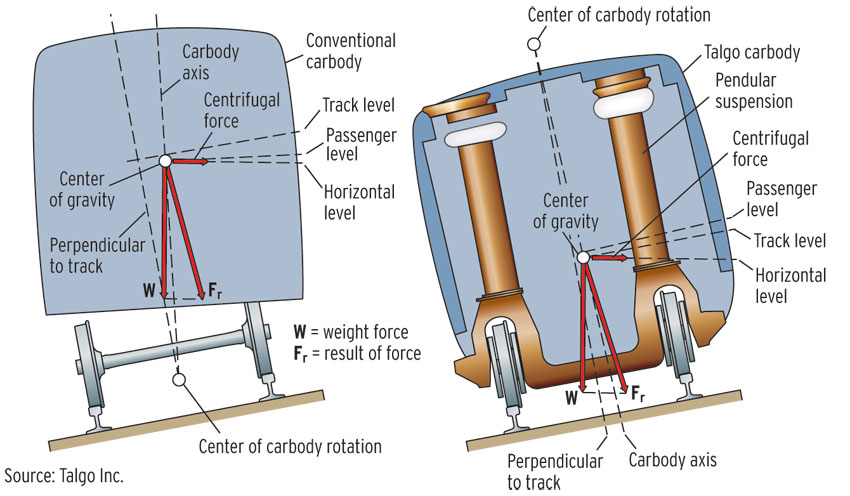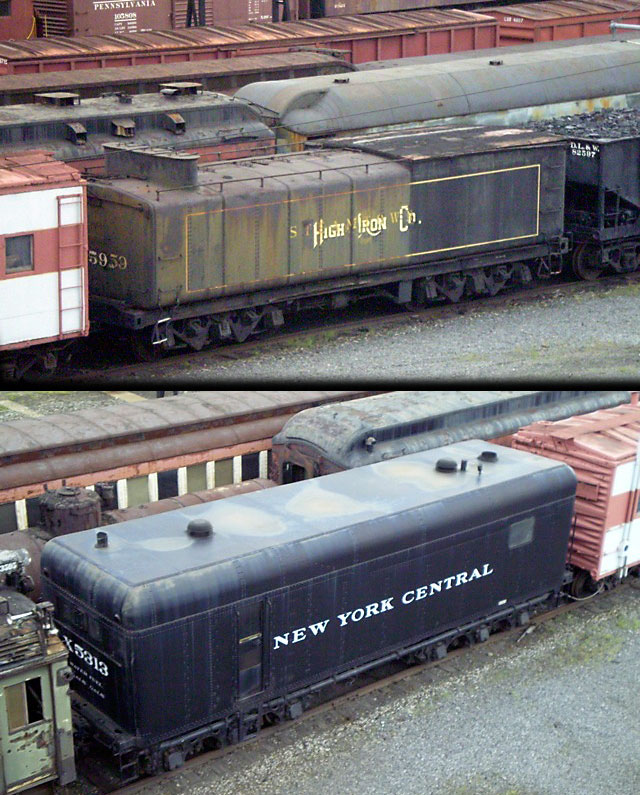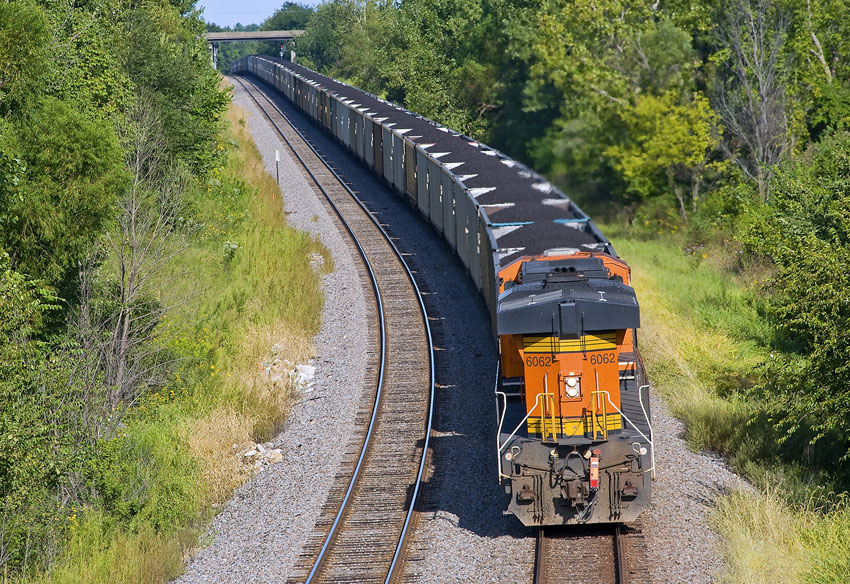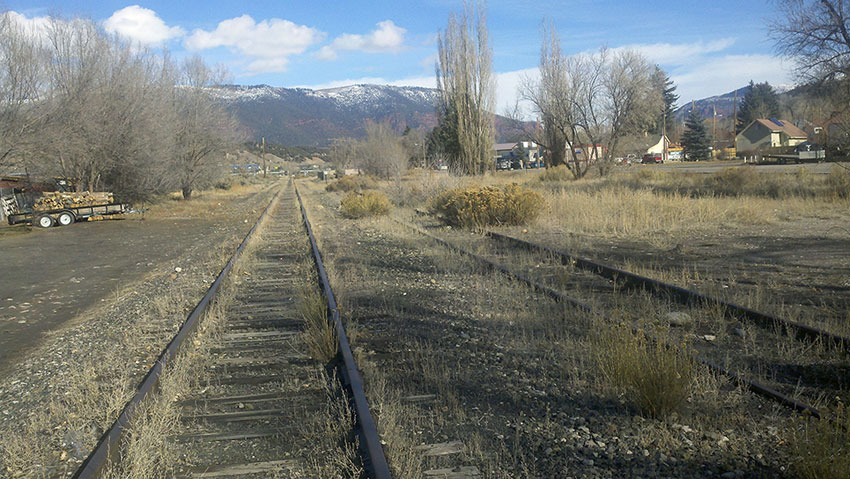
The tonnage profile for this Canadian National intermodal train gives overview and detailed information. Ray Weart collection Q When someone says the “weight of the train is xxx tons,” are they referring to the weight on the rails, or the effort needed to move it? Is there a difference?— Mike Llewellyn, Shamokin, Pa. A Yes, […]
Read More…

Norfolk Southern and some other railroads use cabooses or riding platforms to protect shove moves. NS Q I know Class I railroads haven’t used cabooses for some years. On a Roanoke, Va., webcam, though, I have seen Norfolk Southern use a caboose on many occasions. The trains do not look like work trains, but rather […]
Read More…
Q What does the term “manifest” mean in relation to railroading? Where and when did it originate?— Wesley Greer, Castle Rock, Colo. A Manifest comes from the Latin word manifestus, meaning “visible,” or “detected in the act.” It went into Middle English (because the Romans occupied England for a while), and in 1432 the word […]
Read More…

Talgo’s pendular suspension lowers the carbody’s center of gravity and relocates its center of rotation, all enabling Talgo cars to take curves faster without causing excessive passenger discomfort due to the centrifugal force. Q How much faster would a Talgo-like train be than a conventional single level or bilevel (Superliner) over the same stretch of […]
Read More…
Q I saw an ad for Chinese steam locomotives by Multipower International Inc., in Towaco, N.J. The company offers used and rebuilt steam locomotives for sale or can provide a custom built one. Can you tell us more about this company?— Robert Holland, Palmdale, Calif. A Multipower International is owned by Ge Qiang, who is […]
Read More…

The hood on this Norfolk Southern signal better directs the light’s beam. Doug Koontz Q CSX lineside signals all have “blinders,” a cone about a foot long that surrounds all three signal lights, so the lights only show straight down the track. Why are they used?— Richard Hoffman, Bowling Green, Ky. A The use of […]
Read More…
Q Does anyone know the origin of the term “shoo-fly track?”— Gordon Osmundson, Oakland, Calif. A According to the Historical Thesaurus of the Oxford English Dictionary, this is an American expression, first noted in 1903 and denoting a temporary track. The word “shoo” means go away, and presumably to do so “on the fly” is […]
Read More…

These two cars at Steamtown National Historical Site look similar but had different uses. Hank Ickes Q In the yard at Steamtown National Historical Site in Scranton, Pa., are two cars that I couldn’t identify. Do you know what purpose these cars had? — Hank Ickes, Arlington, Va. A One is an auxiliary tender or […]
Read More…

Rear-end locomotives on distributed power trains may run with or without flashing rear end devices. Steve Schmollinger Q I see distributed power on BNSF freights inbound into San Diego, and some have flashing rear end devices attached to the coupler at the end locomotives. What are the circumstances for using a FRED on end-of-train locomotives?— […]
Read More…
Q While listening to the scanner during bad weather, I heard the Canadian National Rail Traffic Controller remind train crews that Rule “X” was in effect. What is Rule X and who can issue it? — Patrick Lallensack, Green Bay, Wis. A CN’s Rule X governs train operations during and after severe weather. Chief dispatchers […]
Read More…

The activity level of this track belies its once important status as part of D&RGW’s Tennessee Pass. Michael Humphreys Q In December 2010, I noticed a little-used rail line running through Eagle, Colo. What can you tell me about it? The mainline rail dated from the 1950s. — Michael Humphreys, Berryville, Va. A The tracks […]
Read More…
Q How does BNSF’s Network Operations Center in Fort Worth, Texas, control BNSF trains when they share tracks with another railroad, such as the route over the Tehachapi Pass? Union Pacific owns the trackage and allows BNSF trackage rights. On average, BNSF sends three trains over the pass to UP’s one. Does the BNSF Operations […]
Read More…







